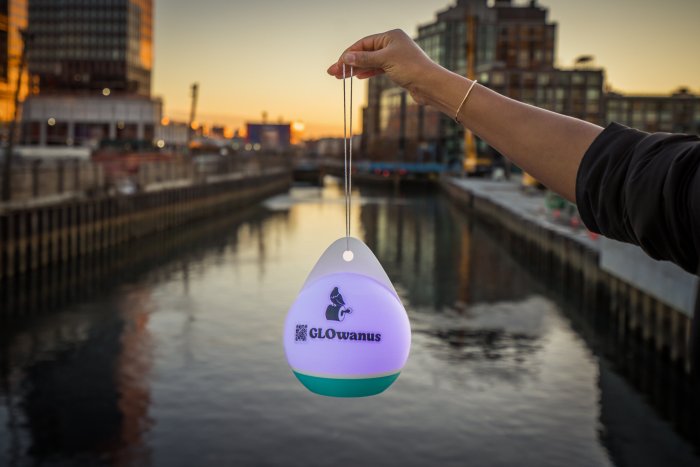Used as a dumping area for tanneries, soap yards, factories and raw sewage for the past century and a half, the once-quaint creek in South Brooklyn is now crying for a good flush. Check out the canal’s amazing transformation from resourceful to resentful, where now, not even a whale is strong enough to shake off its slime.
1600s: Dutch farmers settle along the banks of Gowanus Bay and ship “oysters the size of plates” back to Europe, making Gowanus oysters Brooklyn’s first export.
1849: Edwin Litchfield constructs an artificial, navigable waterway extending from what is now Hamilton Avenue to Douglass Street.
1884: The former creek is transformed into an industrial waterway that aided the commercial development of Red Hook. The banks quickly become crowded with coal, lumber, brick and ink factories, and flour, plaster and paint mills.
1893: The now-defunct Brooklyn Daily Eagle dubs the canal an “open cesspool” and locals call it “Lavender Lake,” referring to its dark purple waters and unbearable stench.
1911: A flushing tunnel is built to bring in somewhat clean water from New York Harbor. It would break down in 1961.
1972: Live hepatitis, typhoid and a virulent strain of cholera is found in the canal.
1975: Canal bottom is dredged for the last time.
1999: Flushing tunnel restored. Developers begin to eye the area.
2007: A lost Minke whale gets stuck in the Gowanus and dies.
2009: EPA considers Gowanus Canal for Superfund designation. The Bloomberg administration responds with its own plan, which it claims will be faster and cheaper. Would-be developers threaten to pull out of their projects if Superfund designation goes through.
Tuesday: Superfund designation goes through, the mayor grumbles and a major developer does indeed pull out.— Lara Gross


















